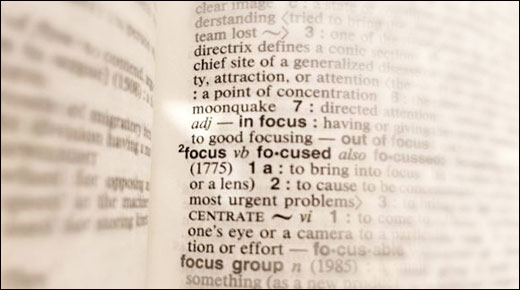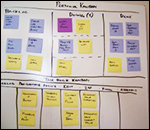You can be known as a hard worker and counted on to tie up loose ends, but fall behind when co-workers’ tasks are on hold until yours are complete, and you’re perceived as needing an attitude adjustment. What would you want to do? Place blame or work on a remedy? There is a solution: Personal Kanban. It’s cheap, easy to customize, and has only two rules: First, visualize your work; second, limit your work-in-progress.
Personal Kanban 101
The Personal Kanban, created by Jim Benson, CEO of Modus Cooperandi, is a tangible productivity tool that allows us to visualize the amount of work we have and the way that work is carried out. Part of what makes kanban work is finding the sweet spot, where we are doing the optimal amount of work at the optimal speed.
|
A Personal Kanban board. Click here for larger image. |
…


Comments
Personal Kanban
I cannot agree more with you. Every time I look back on the time before I started to use Kanban Board it seems to me like a huge chaos and torment. Now I can keep everything clean and organized and my job is always done. I decided to use Kanban Tool ( http://kanbantool.com/product ) because it is very intuitive and easy to adjust. It also works perfectly when workong with a group of people, to communicate, share files and distribute tasks. I can honestly say my life has changed after I discovered Kanban and learned how to manage my time and focus. Thanks for the article!
Personal Kanban
Add new comment